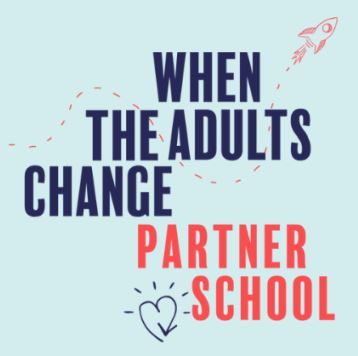Zones of Regulation
A Parents’ Guide to The Zones of Regulation
What is it?
The Zones of Regulation is an internationally renowned intervention which helps children to manage difficult/ uncomfortable emotions, known as ‘self-regulation’. Self-regulation can go by many names such as ‘self-control’, ‘impulse management’ and ‘self-management’. It is defined as the ‘best state of alertness of both the body and emotions for the specific situation’. For example, when your child takes part in a sports game, they would need to have a higher state of alertness than when, for example, they are working quietly or engaging in one of our Mind Up sessions.
From time to time, all of us (including adults) find it hard to manage strong/ uncomfortable feelings such as worry, anger, restlessness, fear or tiredness and this stops us from getting on with our day effectively. When children are experiencing these emotions, it can be very hard for them to learn and concentrate in school.
The Zones of Regulation is a programme based around the use of four colours to help children self-identify how they’re feeling and categorise it based on these colours. The approach also helps children better understand their emotions, sensory needs and thought patterns. The children learn different strategies to cope and manage their emotions based on which colour ‘zone’ they’re in. Additionally, the Zones of Regulation helps children to recognise their own triggers and responses, develop problem-solving skills and become more attuned to how their actions can affect other people.
How is it used in school?
As a school, we have introduced Zones of Regulation from Early Years through to Year 6. Through the use of the programme we aim to help children to:
- Recognise when they are in the different Zones
- Increase their emotional vocabulary so they can explain how they are feeling
- Develop strategies (or ‘tools’) to manage their feelings in each Zone
- Recognise when other people are in different Zones
- Develop an insight into what might make them move into the different Zones
- Understand that emotions, sensory experiences such as lack of sleep or hunger, and their environment might influence which Zone they are in
- Develop problem-solving skills and resilience
- Identify a range of calming and alerting strategies (known as their personal ‘toolkit’).
What are the different Zones?
Blue Zone: low level of arousal; not ready to learn; feels sad, sick, tired, bored, moving slowly.
Green Zone: calm state of alertness; optimal level to learn; feels happy, calm, feeling okay, focused.
Yellow Zone: heightened state of alertness; elevated emotions; feels frustrated, worried, silly/wiggly, excited, loss of some control.
Red Zone: heightened state of alertness and intense emotions; out of control; feels mad/angry, terrified, yelling/hitting, elated, out of control.
We have introduced the Zones through discrete and targeted teaching sessions. We are using the Zones language as part of daily school life so all staff will be referring to them, not just their class teacher. Some children might prefer not to use the ‘Zones language’ but label the emotions directly – this is fine and encouraged!
Each class has developed an understanding of the four zones, which emotions are associated with each of them and how they may feel when they are experiencing them. The children have also developed their own class ‘tool kits’- strategies that can support them when in the different zones.
Please see below for additional resources:








Our Twitter